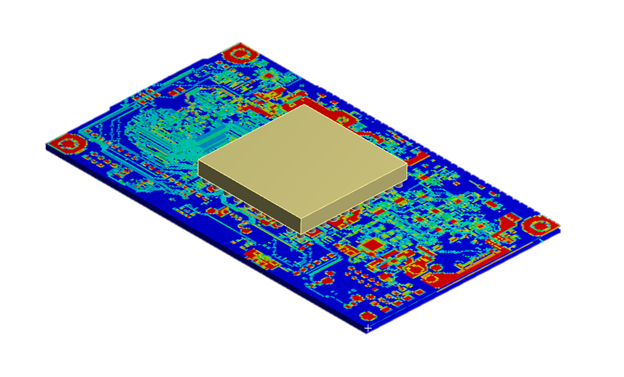The purpose of random vibration analysis is to determine the response of structures to vibration loads that are random in nature. An example would be the response of a sensitive electronic component mounted in a car subjected to the vibration from the engine, pavement roughness, and acoustic pressure.
The frequency content of the time history (spectrum) is captured along with the statistics and used as the load in the random vibration analysis. This spectrum, for historical reasons, is called Power Spectral Density or PSD. In a random vibration analysis, since the input excitations are statistical in nature, so are the output responses such as displacements, stresses, and so on.






